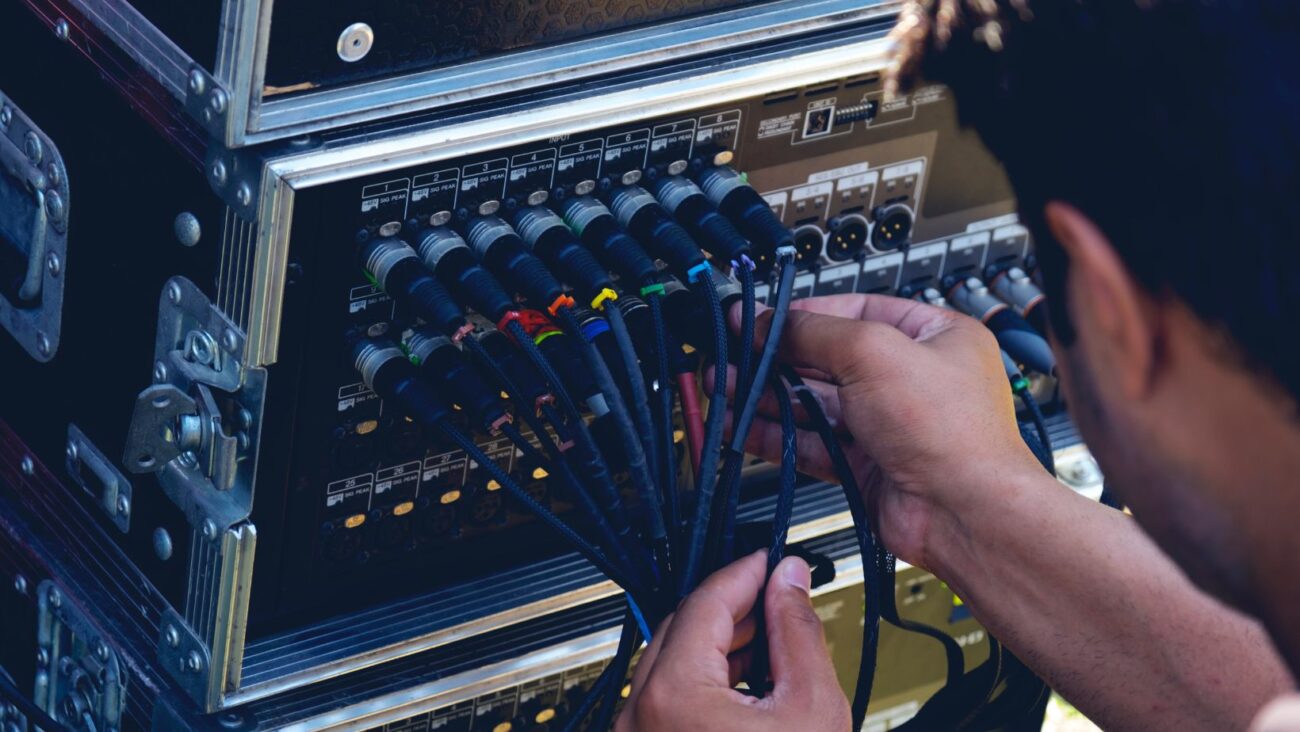TS Cable vs. TRS Cable: A Comprehensive Comparison

Understanding the differences between TS (Tip-Sleeve) and TRS (Tip-Ring-Sleeve) cables is crucial for optimizing audio connections. This in-depth comparison will explore various aspects of TS and TRS cables, including their structure, applications, configuration and functionality, balanced audio transmission, and equipment compatibility. By delving into these details, you’ll understand when to choose a TS cable or a TRS cable for your specific audio needs.
What’s the difference between a TS cable and a TRS cable?
TS vs TRS Cable: Structure
TS cables have a simpler structure with two conductors (tip and sleeve) compared to TRS cables, which have three conductors (tip, ring, and sleeve). TRS cables allow for stereo audio transmission.
TS cables have a relatively straightforward structure, consisting of two conductors: a tip and a sleeve. The tip carries the audio signal, while the sleeve serves as the ground connection. This simplicity makes TS cables suitable for mono audio signals and basic line-level connections.
On the other hand, TRS cables feature a more complex structure with three conductors: a tip, a ring, and a sleeve. The tip carries the left audio signal, the ring has the right audio signal, and the sleeve remains the ground connection. This additional conductor allows TRS cables to support stereo audio transmission, making them ideal for applications that require left and right channel separation.

TS vs TRS Cable: Application
TS cables are primarily used for mono audio signals and basic connections, while TRS cables are designed for stereo audio signals and more sophisticated audio setups.
TS cables are commonly used for mono audio signals and basic line-level connections—examples: Instruments with mono outputs (e.g., electric guitars, keyboards) and basic audio equipment.
TRS cables are suitable for stereo audio signals, headphones, and more complex audio setups—examples: Stereo audio connections, headphones, audio interfaces, and professional audio equipment.
TS vs TRS Cable: Configuration and Functionality
TS cables are unbalanced and more noise-resistant, while TRS cables offer balanced audio transmission and better noise-rejection capabilities.
TS Cable
- Unbalanced Audio: TS cables do not support balanced audio transmission.
- Noise Susceptibility: TS cables are more prone to noise and interference, especially over longer cable runs.
TRS Cable
- Balanced Audio: TRS cables can support balanced audio transmission.
- Noise Rejection: The balanced configuration of TRS cables provides superior noise rejection, especially over longer distances.
TS vs TRS Cable: Balanced Audio Transmission
TS cables are unbalanced, meaning they cannot transmit audio in a balanced configuration. This makes them more susceptible to noise and interference, particularly over longer cable runs. As a result, TS cables are generally used for shorter distances or in applications where noise rejection is not a primary concern.
On the other hand, TRS cables are designed to support balanced audio transmission. Including the additional ring, the conductor allows for transmitting two audio signals with reversed polarity. This balanced configuration helps cancel out common-mode noise and interference, resulting in cleaner audio signals and improved noise rejection capabilities. TRS cables are commonly employed in professional audio setups that require high-quality sound reproduction and minimal interference, especially over longer cable lengths.
TS vs TRS Cable: Equipment Compatibility
TS cables use TS connectors with two contact points, while TRS cables use TRS connectors with three contact points. Ensure your devices have the appropriate connectors for seamless compatibility with the cables.
TS Cable:
- Connector: TS connectors typically have two contact points (tip and sleeve).
- Compatibility: TS cables are compatible with devices featuring TS connectors, commonly found in instruments, amplifiers, and basic audio equipment.
TRS Cable:
- Connector: TRS connectors typically have three contact points (tip, ring, and sleeve).
- Compatibility: TRS cables are compatible with devices featuring TRS connectors, commonly found in headphones, audio interfaces, and professional audio equipment.
In conclusion, the differences between TS and TRS cables are significant, and understanding these distinctions is essential for optimizing audio connections. TS cables are suited for mono audio signals and basic line-level connections, while TRS cables excel in stereo audio signals and more complex audio setups. TRS cables support balanced audio transmission and offer superior noise rejection capabilities.
Consider the specific requirements of your audio setup to determine whether a TS cable or a TRS cable is the right choice. You can ensure optimal sound quality and a seamless audio experience by selecting the appropriate cable.








